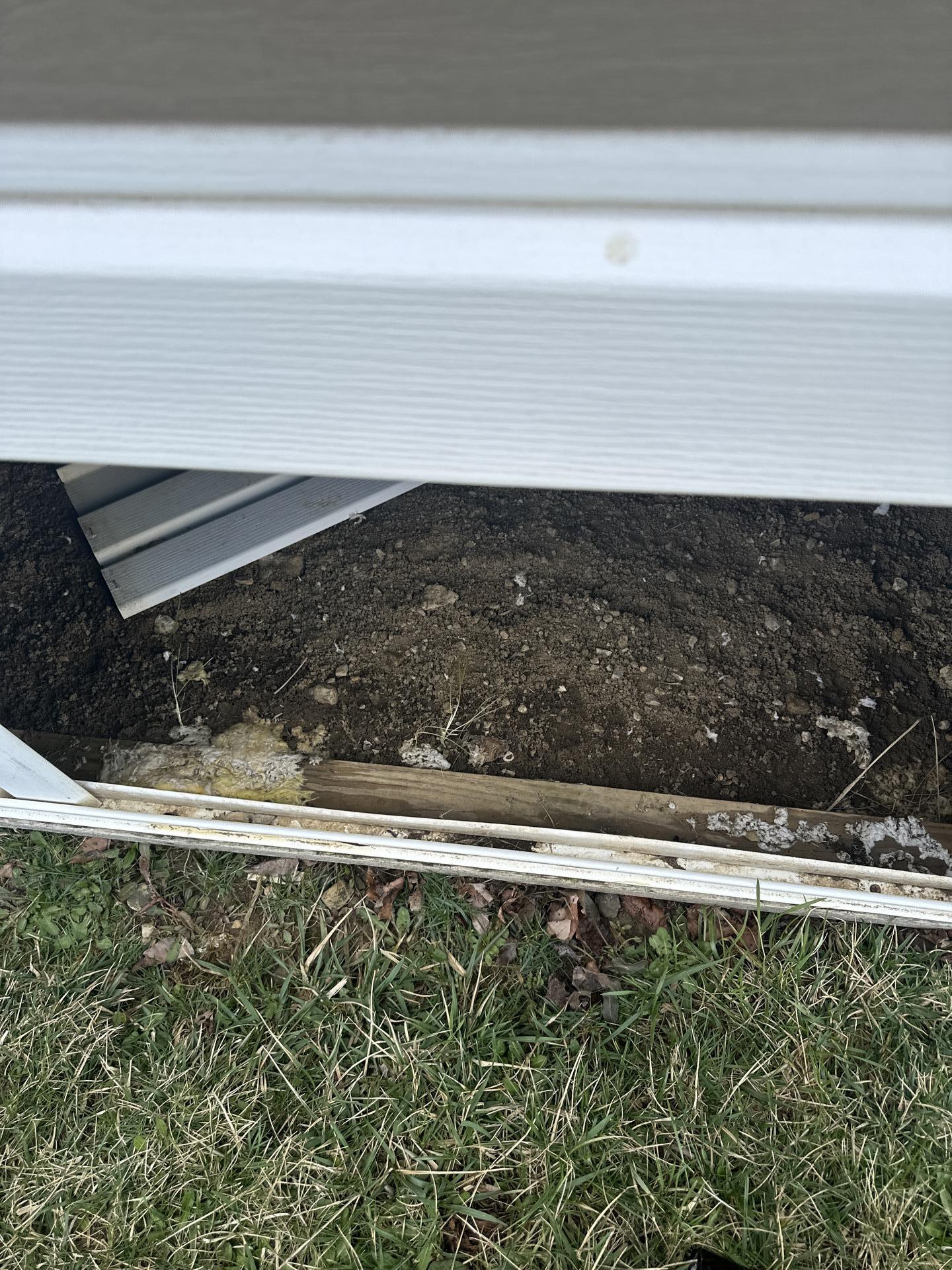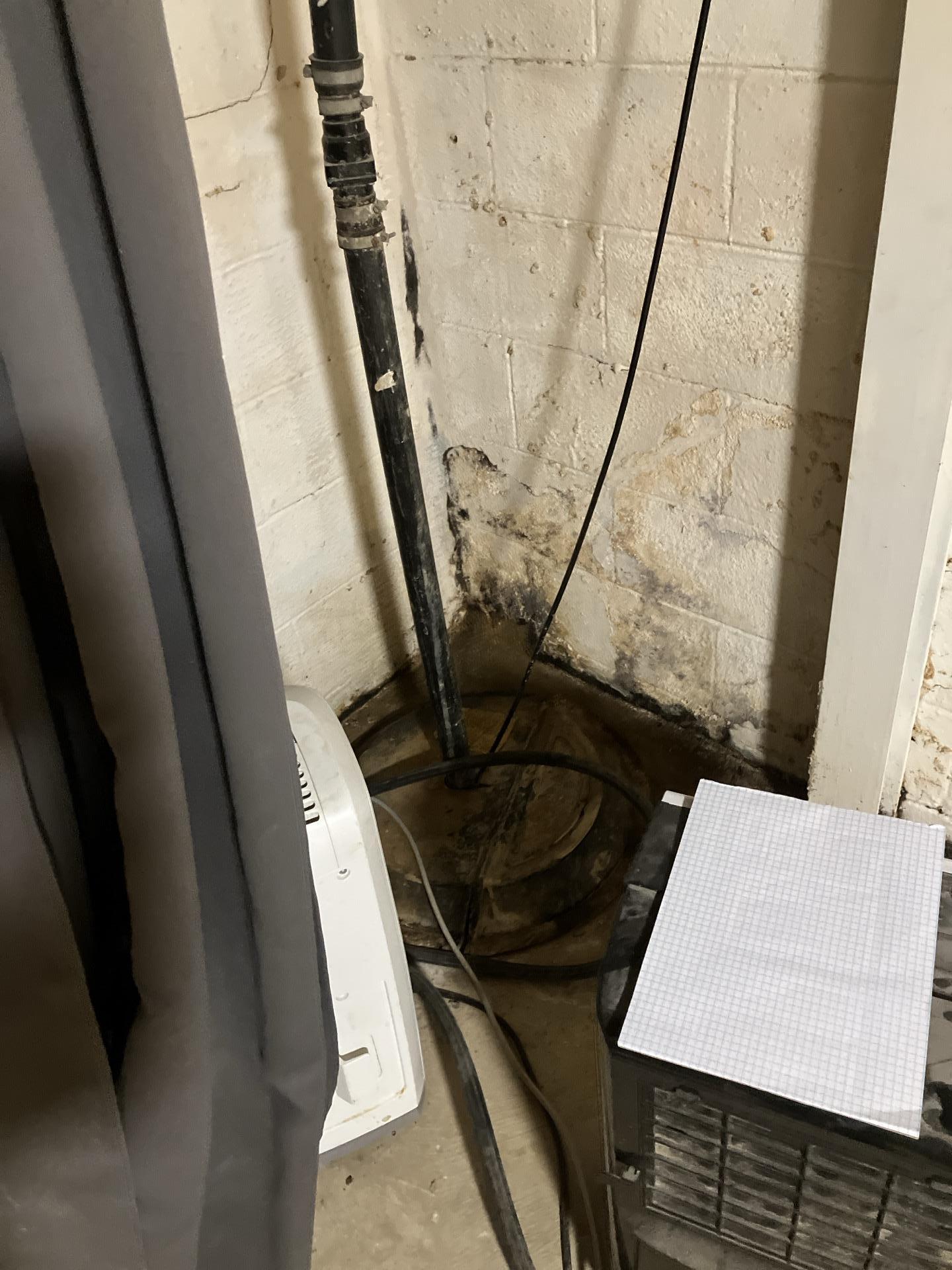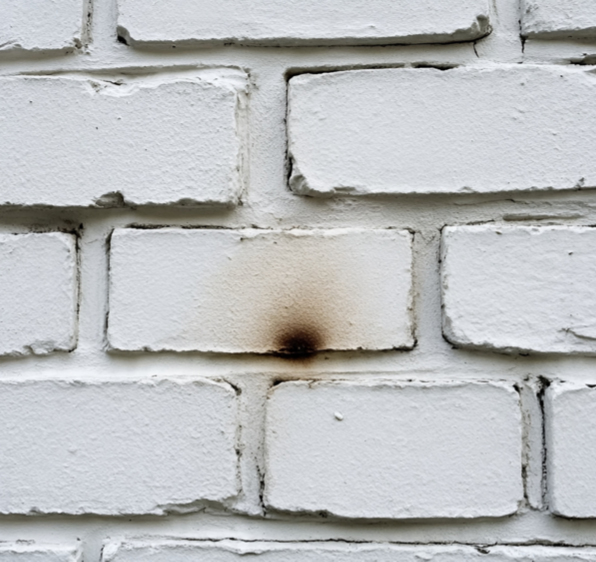Table of Contents
Summary:
Mold can begin growing within 24 to 48 hours after water damage, especially in humid environments like Columbus, Ohio. This blog explains how quickly mold grows, how to stop it, and when to call a professional mold removal company. A real-world-inspired story shows the cost of waiting too long.

What Causes Mold to Grow After Water Damage
Mold grows in damp environments where moisture, warmth, and organic material are present. After a water event like a burst pipe, a roof leak, or basement flooding, these conditions become ideal for mold to develop.
Mold spores are everywhere in the air. Once they land on a wet surface, they can begin to colonize very quickly if not addressed.
How Fast Does Mold Start Growing?
Mold typically begins to grow within 24 to 48 hours after water damage.
If the area is not properly dried and cleaned, mold can:
- Begin colonizing within the first 1–2 days
- Become visible within 3–5 days
- Spread rapidly within a week
Warm, humid conditions in columbus especially during the spring and summer speed up the growth process.
What Does Early Mold Growth Look Like?

Mold often appears as fuzzy or speckled patches. It can be black, green, or white and usually carries a musty odor. Early warning signs include:
- Small black or green spots on walls, ceilings, or clothing
- Peeling paint or wallpaper
- A persistent damp or musty smell
- Increased allergy symptoms like sneezing or itchy eyes
Remember, mold growth may already be present even if you can’t see it.
Can Mold Grow in Hidden Places?
Yes, and that’s what makes mold especially dangerous. It often hides in:
- Behind drywall or wallpaper
- Under carpets and floorboards
- Inside HVAC systems and ductwork
- Under sinks and around plumbing
Because it can go unnoticed, mold may continue to grow unchecked until it causes health problems or visible damage.
What Happens If You Wait Too Long to Treat Mold?
If mold is left untreated, it can result in:
- Major structural damage to wood, insulation, drywall, and flooring
- Health problems, particularly for those with asthma, allergies, or weakened immune systems
- More expensive remediation (as much as three times more than early treatment)
- Potential denial of insurance claims due to negligence
Waiting more than 48 hours to take action significantly increases the risk of widespread damage.

How Do You Stop Mold from Growing After Water Damage?
The best way to prevent mold is to act immediately after water exposure.
Immediate Steps:
- Identify and stop the source of water (repair pipes, roof leaks, or drainage issues)
- Remove all standing water using vacuums or pumps
- Thoroughly dry affected areas using fans, dehumidifiers, and ventilation
- Dispose of water-damaged items like carpets, drywall, and furniture
- Clean all surfaces with mold-killing disinfectants
If complete drying occurs within 24 to 48 hours, mold growth is less likely.
When Should You Call a Mold Removal Company in Columbus, Ohio?
You should contact a professional mold removal company if:
- The moldy area is larger than 10 square feet
- You detect a mold smell but can’t find the source
- Mold returns after a cleanup attempt
- There are signs of mold in your HVAC system
- You or your family experience ongoing allergy or respiratory issues
Professionals have the equipment and expertise to remove mold completely and prevent future growth.
For immediate assistance with mold removal and water damage restoration, contact PuroClean Home Savers, Call (+1) 614-689-0012.
PuroClean Home Savers has over 15 years of experience in the mold removal, remediation and mitigation industry, with over 100 5 Star reviews on Google serving Columbus, Ohio. Click on this link to see it’s online reviews and ratings.
How Long Does Mold Remediation Take?
Mold remediation timelines depend on the size and severity of the infestation:
- Small areas: 1 to 3 days
- Medium areas: 3 to 5 days
- Large or complex jobs: Up to a week or more
The process usually involves:
- Sealing off the contaminated area
- HEPA vacuuming and air filtration
- Removal of affected building materials
- Disinfection and treatment to prevent future mold
The Story of Nina’s Basement in Columbus, Ohio
Nina, a homeowner in central Columbus, Ohio, experienced a pipe burst in her basement one weekend. She cleaned up the visible water and opened the windows. She thought it would dry on its own.
Unfortunately, she didn’t know mold had already begun to grow behind the walls. A week later, she noticed a musty odor and peeling paint. When she finally called a mold removal company, the damage was far worse than expected.
Her remediation cost over $6,000, and she had to temporarily leave her home during cleanup. If she had acted within the first 48 hours, the total cost would have been under $1,000.
Lesson: Delaying mold cleanup doesn’t save money it multiplies the damage and stress.

Final Thoughts and Prevention Tips
Mold doesn’t wait. In Ohio’s humid climate, mold can begin growing within one or two days after water damage. If you act quickly, you can prevent serious damage to your home and health.
Prevention Tips:
- Fix plumbing leaks as soon as they’re discovered
- Clean gutters and direct water away from the foundation
- Keep indoor humidity below 50% using a dehumidifier
- Use exhaust fans in bathrooms and kitchens
- Regularly inspect basements, attics, and crawl spaces
When in doubt, call a certified mold removal specialist to inspect and handle the problem professionally.
Frequently Asked Questions (FAQs)
Q1: Can mold grow after a minor leak?
Yes, mold can grow even after a small leak if the area remains damp for more than 24–48 hours.
Q2: What temperatures are ideal for mold growth?
Mold thrives in temperatures between 77°F and 86°F, especially in high humidity.
Q3: Is black mold more dangerous than other types?
Some black molds, such as Stachybotrys, can produce mycotoxins that are harmful to health.
Q4: Will mold die on its own if it dries out?
Drying stops mold growth, but dormant spores remain and can reactivate when moisture returns.
Q5: Can I clean mold myself?
Small surface mold may be manageable with household cleaners, but professional help is recommended for larger or hidden infestations.


 PuroClean Home Savers
PuroClean Home Savers